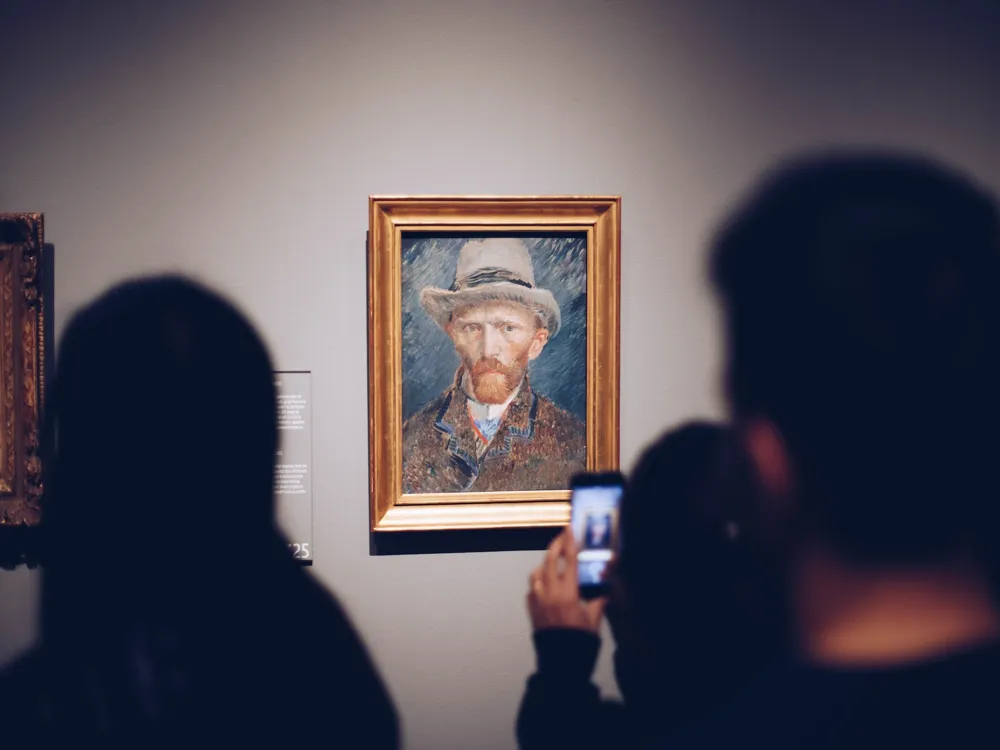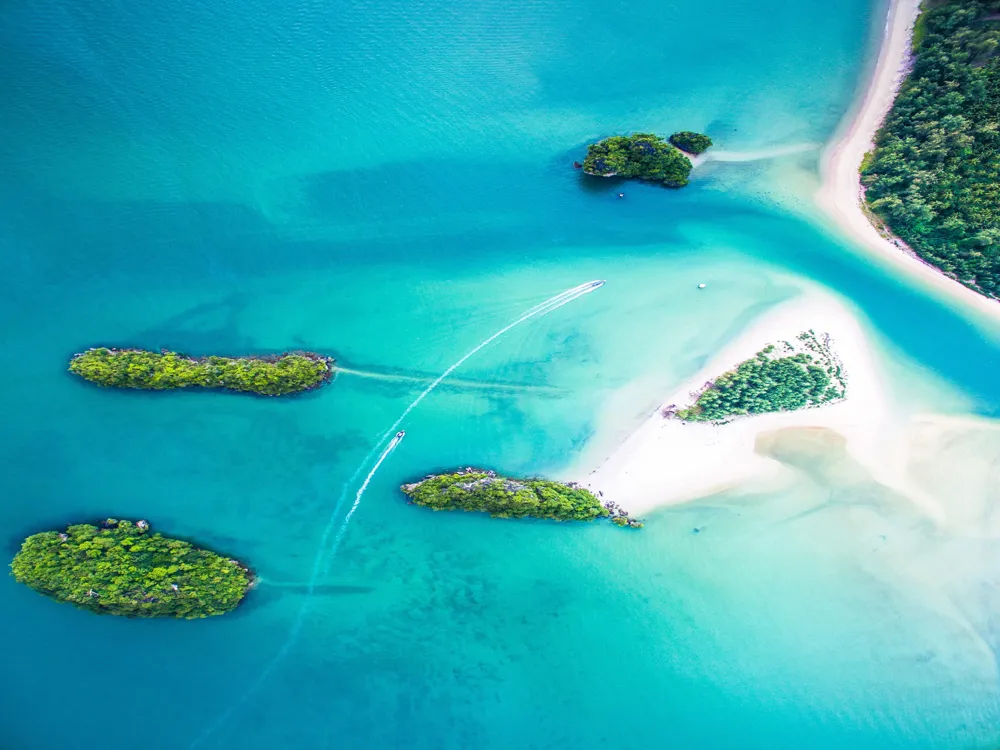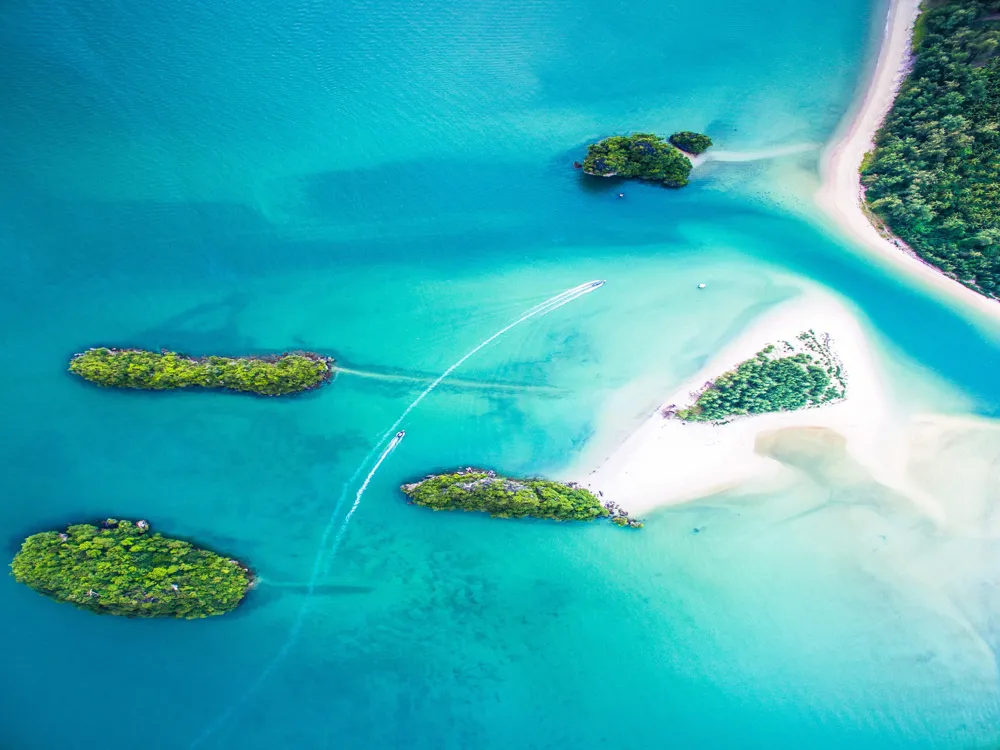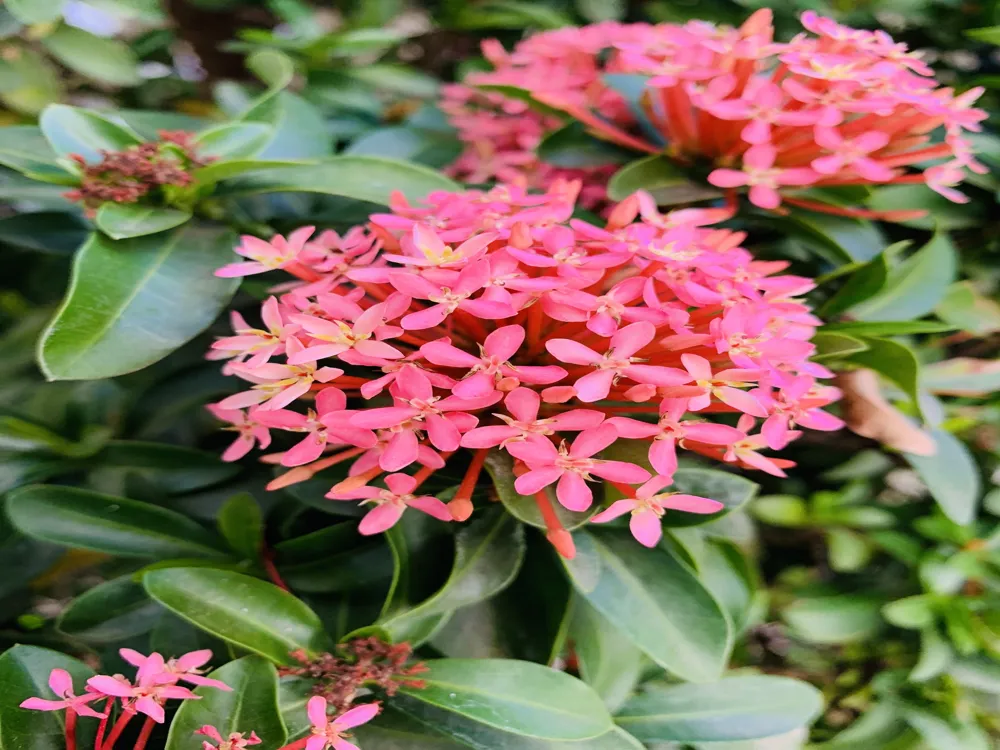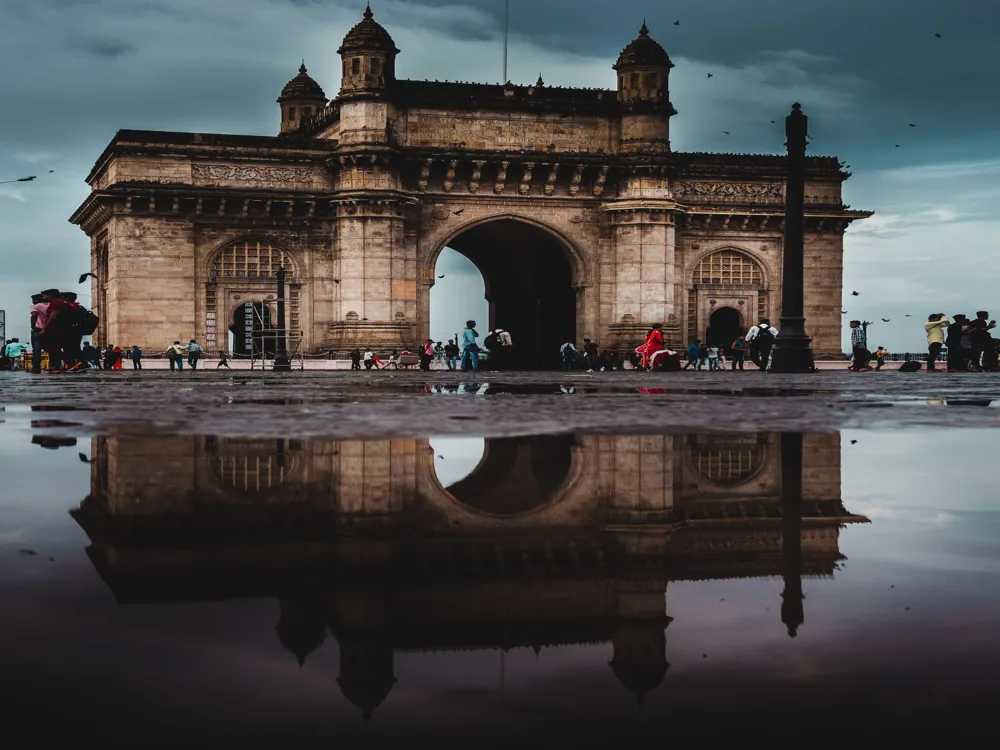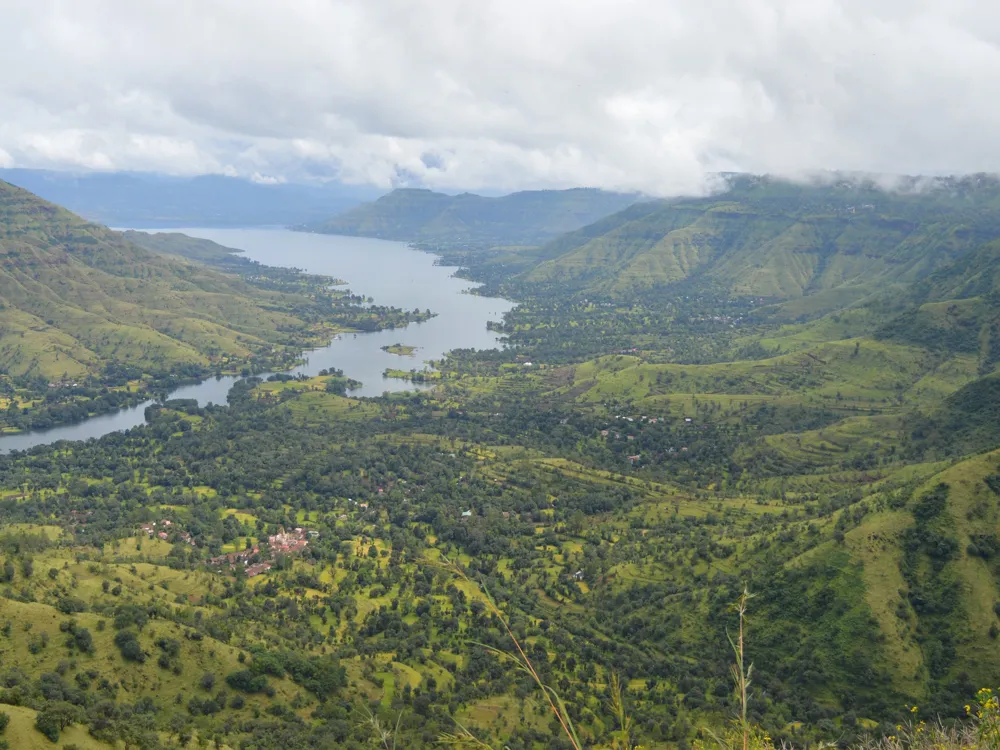The Cellular Jail, located in the graphic Andaman and Nicobar Islands stands as a black memorial to India's struggle for independence. This documentary structure in Port Blair, the capital megacity, isn't just a structure but a symbol of the offerings made by freedom fighters who were locked up during British rule. Constructed between 1896 and 1906, the jail is a mute substantiation of the brutalities assigned to the convicts. The Cellular Jail of Port Blair is an architectural phenomenon, reflecting the imagination and grim intentions of the British social period. Designed by the British mastermind, Col.G.R. Swinton, the construction of this jail began in 1896 and was completed in 1906. The architectural style is a blend of utilitarian and social, with the main focus being on insulation and surveillance. Best Time to Visit: The ideal time to visit Cellular Jail is between October and April, when the weather is pleasant. Visiting Hours: Check the current visiting hours, as they may vary. The Light and Sound show takes place in the evenings and is a must-see. Duration of Visit: Allocate at least 2–3 hours for a thorough exploration of the jail and its museum. Emotional Experience: Be prepared for an emotional journey, as the stories and atmosphere of the jail are quite impactful. Guided Tours: Opt for a guided tour for a more informative experience, as guides provide insights into the jail's history and stories of its inmates. Facilities: Basic facilities like restrooms and a small cafeteria are available. Accessibility: The jail is accessible to people with disabilities, but some areas might be challenging to access due to uneven surfaces. Cellular Jail is located in Port Blair, the capital of the Andaman and Nicobar islets, and is easily accessible by colourful means of transportation. Port Blair is well connected by air and ocean. Read More: Andaman Nicobar Islands Tourism Best Time to Visit Andaman Nicobar IslandsOverview of Cellular Jail in Port Blair, Andaman and Nicobar Islands
frequently referred to as' Kala Pani'( Black Waters), the Cellular Jail was designed to fully insulate captures, cutting them off from the outside world and icing minimum commerce among them. This insulation was a form of cerebral discipline, as much as the physical rigours they endured. The jail, now a public keepsake, draws callers from across the globe who come to pay homage to the insuperable spirit of the Indian freedom fighters.
The armature of the jail is a testament to the social period, with its unique cellular structure specifically designed for solitary confinement. The structure initially consisted of seven bodies, each radiating from a central palace. This panopticon design allowed guards to have a clear view of every cell from the central palace. Still, most of these bodies were destroyed during World War II and the subsequent Japanese invasion, leaving only three bodies and the central palace standing.
The Cellular Jail has now been converted into a sanctum devoted to the public icons who suffered and decomposed within its walls. The complex hosts a Sound and Light show in the gloamings, chronicling the heart-wrenching stories of the captures and their unyielding spirit of nationalism. The jail's gallery offers an in-depth look into its history, displaying photos and colourful shows that tell the tales of its notorious past.
Visiting Cellular Jail isn't just a stint of a literal monument but a trip through the runners of Indian history. It stands as a symbol of adaptability, a memorial of the dark days of social rule, and a homage to the unbreakable spirit of those who fought for India's freedom. The Cellular Jail, also known as' Kala Pani', is an old coloniser captivity positioned in Port Blair, the capital of Andaman and Nicobar islets. Constructed by the British during their social rule in India, the jail was used particularly to exile Indian political captures. It was used to house numerous notable freedom fighters, such as Batukeshwar Dutt, Yogendra Shukla, and Vinayak Damodar Savarkar.
The jail complex is now possessed by the Government of India, and it's recognised as a public honorary monument that showcases the lives of captures during the British period. Cellular Jail stands as a prominent sightseer magnet in the Andaman and Nicobar islets, where callers can learn about its history and also enjoy a light show held in memory of all the captures who were locked then.
Now, the Cellular Jail is a solemn memorial to all the struggles the Indian freedom fighters shouldered while fighting for independence and is an integral part of India's history.Architecture of Cellular Jail
Firstly, the jail comprised seven bodies, each connected to a central palace in a star-like pattern. This design was grounded in Jeremy Bentham's conception of the Panopticon, which facilitates surveillance. Guards in the central palace could keep a vigilant eye on all convicts without seeing themselves. Each sect had three stories with an aggregate of 693 cells, each measuring about 13.5 by 7 bases. The cells were designed for solitary confinement, emphasising insulation and icing that couldn't communicate with each other.
The construction accoutrements were brought from Burma, and the structure was equipped with gallows, a flogging stage, and solitary confinement cells, adding to its horridness. The jail also featured a large bell for admonitions. The bodies were constructed in such a way that they faced the tails of the other bodies, indicating that convicts remained isolated indeed during their occasional walks outside the cells.
Over time, natural disasters and war have led to the destruction of the entirety of the original structure, leaving only three bodies and the central palace complete. These remnants still, still explosively convey the jail's original purpose and design. The preservation of this structure serves as a poignant memorial to the social period's brutal history and the offerings made by those who were locked then.
moment, the Cellular Jail is a place of passage for those who wish to pay their felicitations to the freedom fighters of India. Its armature not only speaks of social history but also symbolises the triumph of the mortal spirit over oppression.Tips When Visiting Cellular Jail
Planning Your Visit
What to Expect
Facilities and Accessibility
How to Reach Cellular Jail
By air, the Veer Savarkar International Airport in Port Blair is the nearest field. Regular breakouts connect Port Blair with major Indian metropolises like Chennai, Kolkata, and New Delhi. By ocean, passenger boat services are available from Chennai, Kolkata, and Vishakhapatnam. The trip by ocean takes about 50–60 hours. Original Transport Once in Port Blair, callers can fluently reach Cellular Jail via original motorcars, autorickshaws, or hacks.
Cellular Jail
Port Blair
Andaman Nicobar Islands
Union Territory
₹ 14,500 onwards
View andaman-nicobar-islands Packages
Weather :
Label : Must Visit
Tags : Museum
Timings : National Memorial: 9:00 AM - 1:00 PM, 2:00 PM - 5:00 PM (Closed on Mondays)
Entry Fee :
Entry Ticket: INR 30
Camera: INR 200
Video Camera: INR 1000
Film shooting per day with prior permission: INR 10,000
How To Reach Cellular Jail : The cellular Jail is located within the city of Port Blair. The best way to reach the jail complex is by hiring your own private cab as the public transport in Andaman isn't well developed. Else, you can also take an auto-rickshaw to reach your destination.
Light and Sound Show :
When: every Tuesdays, Thursdays, Saturdays and Sundays
Hindi Show Timings : 6:00 PM and 7:15 PM,
English Show Timings: 7:15 PM
Price per head: INR 50
Also known as : Kala Pani
Constructed and Completed on : The construction of the jail began in the year 1896 and was completed in 1906
Planning a Trip? Ask Your Question
Andaman-nicobar-islands Travel Packages
View All Packages For Andaman-nicobar-islands
Top Hotel Collections for Andaman-nicobar-islands

Private Pool

Luxury Hotels

5-Star Hotels

Pet Friendly
Top Hotels Near Andaman-nicobar-islands
Other Top Ranking Places In Andaman-nicobar-islands
View All Places To Visit In andaman-nicobar-islands
Faq on Andaman-nicobar-islands
Who were the inmates of the Cellular Jail?
The Cellular Jail housed many Indian freedom fighters and political prisoners who were opposed to British rule in India. Notable inmates include Veer Savarkar, Batukeshwar Dutt, and Fazl-e-Haq Khairabadi.
What was life like for prisoners in the Cellular Jail?
Life for prisoners in the Cellular Jail was extremely harsh. They were subjected to inhumane treatment, forced labor, and solitary confinement. Many prisoners endured immense suffering and torture during their incarceration.
Is the Cellular Jail open to visitors?
Yes, the Cellular Jail is open to visitors. It has been converted into a national memorial and museum, providing insights into India's freedom struggle and the sacrifices made by its brave freedom fighters.
What are the visiting hours of the Cellular Jail?
The Cellular Jail is open to visitors from 9:00 AM to 12:00 PM and 1:30 PM to 4:45 PM every day except Mondays and national holidays.
Are there guided tours available at the Cellular Jail?
Yes, guided tours are available at the Cellular Jail, providing visitors with detailed information about its history, significance, and the stories of its inmates.
View andaman-nicobar-islands Packages
Weather :
Label : Must Visit
Tags : Museum
Timings : National Memorial: 9:00 AM - 1:00 PM, 2:00 PM - 5:00 PM (Closed on Mondays)
Entry Fee :
Entry Ticket: INR 30
Camera: INR 200
Video Camera: INR 1000
Film shooting per day with prior permission: INR 10,000
How To Reach Cellular Jail : The cellular Jail is located within the city of Port Blair. The best way to reach the jail complex is by hiring your own private cab as the public transport in Andaman isn't well developed. Else, you can also take an auto-rickshaw to reach your destination.
Light and Sound Show :
When: every Tuesdays, Thursdays, Saturdays and Sundays
Hindi Show Timings : 6:00 PM and 7:15 PM,
English Show Timings: 7:15 PM
Price per head: INR 50
Also known as : Kala Pani
Constructed and Completed on : The construction of the jail began in the year 1896 and was completed in 1906
Planning a Trip? Ask Your Question
Andaman-nicobar-islands Travel Packages
View All Packages For Andaman-nicobar-islands
Top Hotel Collections for Andaman-nicobar-islands

Private Pool

Luxury Hotels

5-Star Hotels

Pet Friendly
Top Hotels Near Andaman-nicobar-islands
Other Top Ranking Places In Andaman-nicobar-islands
Faq on Andaman-nicobar-islands
Who were the inmates of the Cellular Jail?
The Cellular Jail housed many Indian freedom fighters and political prisoners who were opposed to British rule in India. Notable inmates include Veer Savarkar, Batukeshwar Dutt, and Fazl-e-Haq Khairabadi.
What was life like for prisoners in the Cellular Jail?
Life for prisoners in the Cellular Jail was extremely harsh. They were subjected to inhumane treatment, forced labor, and solitary confinement. Many prisoners endured immense suffering and torture during their incarceration.
Is the Cellular Jail open to visitors?
Yes, the Cellular Jail is open to visitors. It has been converted into a national memorial and museum, providing insights into India's freedom struggle and the sacrifices made by its brave freedom fighters.
What are the visiting hours of the Cellular Jail?
The Cellular Jail is open to visitors from 9:00 AM to 12:00 PM and 1:30 PM to 4:45 PM every day except Mondays and national holidays.
Are there guided tours available at the Cellular Jail?
Yes, guided tours are available at the Cellular Jail, providing visitors with detailed information about its history, significance, and the stories of its inmates.








